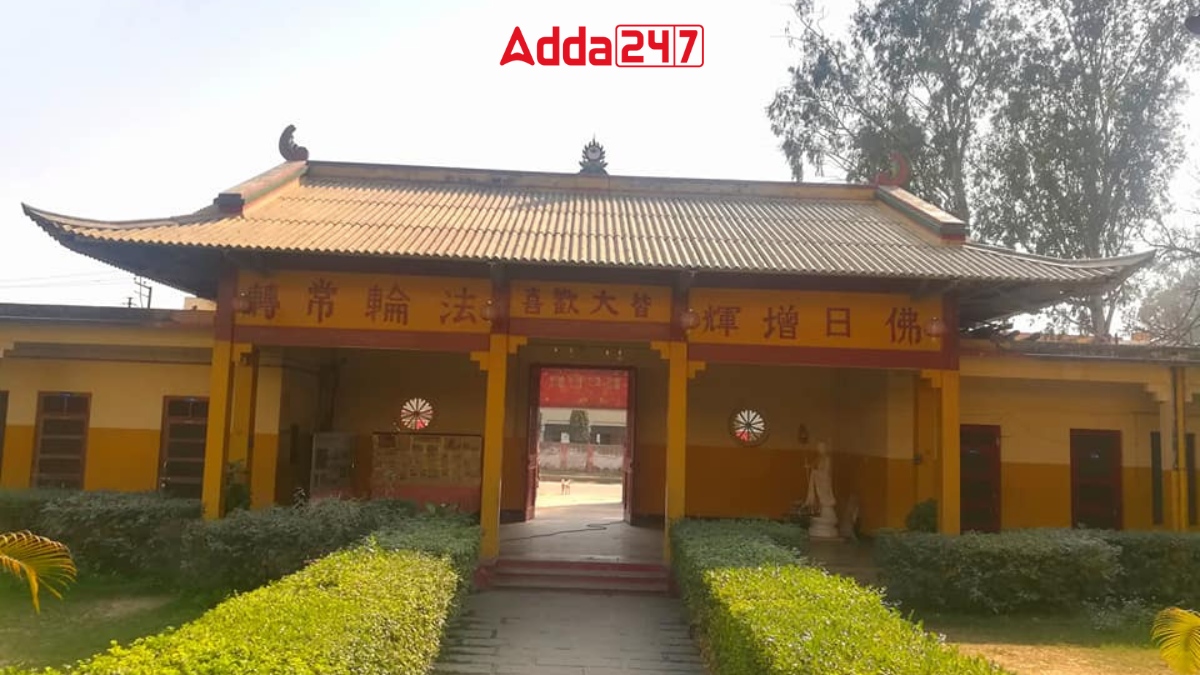Uttar Pradesh, India’s fourth largest state by area, covers approximately 240,928 square kilometers, accounting for about 7.33% of the entire country. Known for its diverse culture and unique traditions, this state holds significant historical and religious importance, attracting both domestic and international tourists. Among its many attractions, there is a remarkable place known as the China Temple. This article explores the connection between Uttar Pradesh and the China Temple.
An Overview of Uttar Pradesh
Located in northern India, Uttar Pradesh is renowned for its rich history, diverse culture, and unique traditions. The state is home to numerous religious cities, making it a significant destination for pilgrims and tourists alike. With 75 districts, 18 divisions, 822 community development blocks, 351 tehsils, and 17 municipal corporations, each district in Uttar Pradesh has its own distinct identity and significance.
The Largest and Smallest Districts in Uttar Pradesh
Lakhimpur Kheri is the largest district in Uttar Pradesh, covering an area of 7680 square kilometers, while Hapur is the smallest district, spanning 660 square kilometers. The easternmost district is Ballia, the northernmost is Saharanpur, the westernmost is Shamli, and the southernmost is Sonbhadra.
District of Uttar Pradesh Related to China Temple
The China Temple, a significant cultural and religious landmark, is located in the Shravasti district of Uttar Pradesh. This temple, near the sacred Jetavanaramaya site where Buddha spent 45 rainy seasons, is managed by the Mahabodhi Society of India. It was established following the wishes of the late Rev. Ren Chen, a Chinese Buddhist monk, highlighting the historical ties between Indian and Chinese Buddhism.
Significance of the China Temple
The China Temple is renowned for its unique history and cultural significance. According to the Mahabodhi Society of India, the Shravasti Center (Chinese Buddhist Temple) was entrusted to them according to the last wishes of the founder monk, the late Rev. Ren Chen, a Chinese Buddhist monk and a lifetime member of the Mahabodhi Society of India. The center is situated near Jetavanaramaya in Shravasti, a sacred site where Buddha spent 45 rainy seasons and delivered most of his sermons.
Activities and Religious Importance of the China Temple
The China Temple serves as a hub for pilgrims, offering various religious activities such as meditation and chanting. It stands as a testament to the deep-rooted connections between Indian and Chinese Buddhist traditions, promoting cultural and spiritual exchange.




 Which City is known as the Christmas Cap...
Which City is known as the Christmas Cap...
 Do You Know Which Spice is Known as the ...
Do You Know Which Spice is Known as the ...
 Which River is Known as the Old Man Rive...
Which River is Known as the Old Man Rive...







